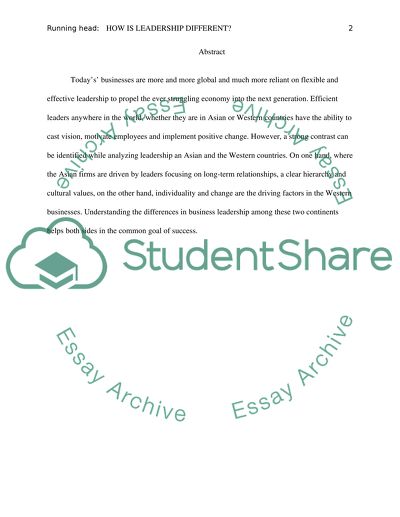Cite this document
(How is Leadership Different in Asian Business from Western Business Coursework, n.d.)
How is Leadership Different in Asian Business from Western Business Coursework. Retrieved from https://studentshare.org/human-resources/1613178-how-is-leadership-different-in-asian-business-from-western-business
How is Leadership Different in Asian Business from Western Business Coursework. Retrieved from https://studentshare.org/human-resources/1613178-how-is-leadership-different-in-asian-business-from-western-business
(How Is Leadership Different in Asian Business from Western Business Coursework)
How Is Leadership Different in Asian Business from Western Business Coursework. https://studentshare.org/human-resources/1613178-how-is-leadership-different-in-asian-business-from-western-business.
How Is Leadership Different in Asian Business from Western Business Coursework. https://studentshare.org/human-resources/1613178-how-is-leadership-different-in-asian-business-from-western-business.
“How Is Leadership Different in Asian Business from Western Business Coursework”, n.d. https://studentshare.org/human-resources/1613178-how-is-leadership-different-in-asian-business-from-western-business.


